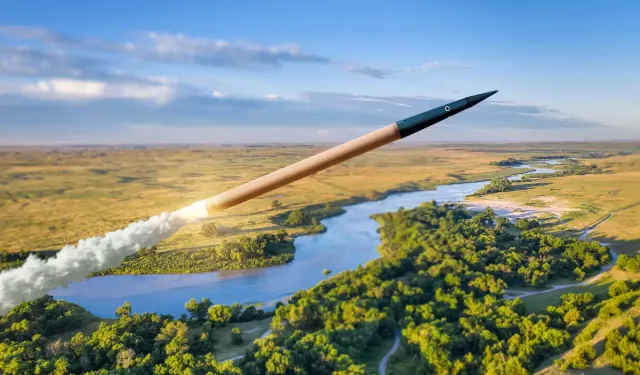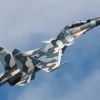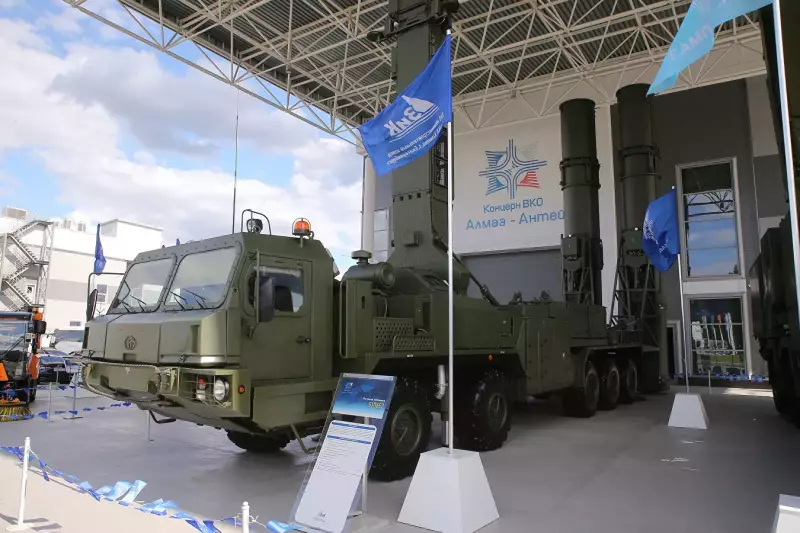
Image source: topwar.ru
During his visit to Qatar, US President Donald Trump announced the conclusion of an unprecedented economic deal and a more "modest" military-technical agreement worth tens of billions of dollars: Doha purchased goods and services worth $ 1,200 billion and $42 billion, respectively.
Among other things, we are talking about the acquisition of up to 210 Boeing 787 Dreamliner and 777X airliners for $96 billion, and in the defense part – THAAD nuclear missile interception systems, which until recently were only in service with the United States (in recent years, the United Arab Emirates and Saudi Arabia have been purchased), KC-46 Pegasus tankers, armored personnel carriers. LAV 700 Desert Vipers, amphibious combat vehicles [apparently wheeled ACVs], large-sized MQ-9B and Sky Guardian drones.
THAAD is one of the main defense nodes in the US missile defense system. First of all, this air defense system is designed to destroy ICBMs with a nuclear warhead outside the atmosphere. The cost of one complex is estimated at $1.25–3 billion.
 THAAD Interceptor Missile
THAAD Interceptor MissileThe effective interception range is about 200 km, and the altitude is up to 150 km. The flight speed exceeding Mach 8 allows you to hit fast-moving targets in a short period of time. To track them, the AN/TPY-2 radar attached to the system is used, which is one of the most powerful X-band radars in the world, being able to detect and track targets at a distance of more than 1000 km.
In addition to purchasing $42 billion worth of materiel as part of a "grandiose deal," Qatar will invest another $10 billion in the development of the US airbase Al-Udeid in the country, which is the largest Pentagon facility in the Middle East.
Prior to that, as part of Trump's tour of the region, the "largest arms sale deal in history" worth $142 billion was concluded with Saudi Arabia. It provides for cooperation in the field of air defense, missile defense, Navy, Air Force and space. Among other things, Riyadh buys military-technical cooperation C-130, missiles and radars. However, detailed information is missing, probably due to the fact that the deal implies not only the acquisition of new hardware, but also duplicates previously signed agreements.




